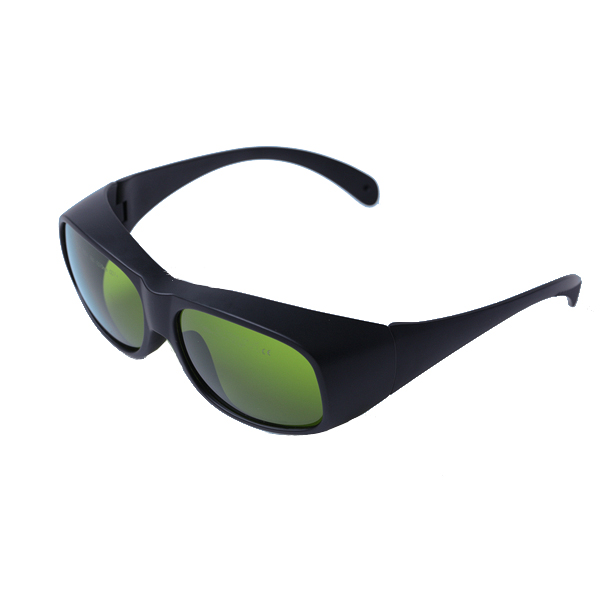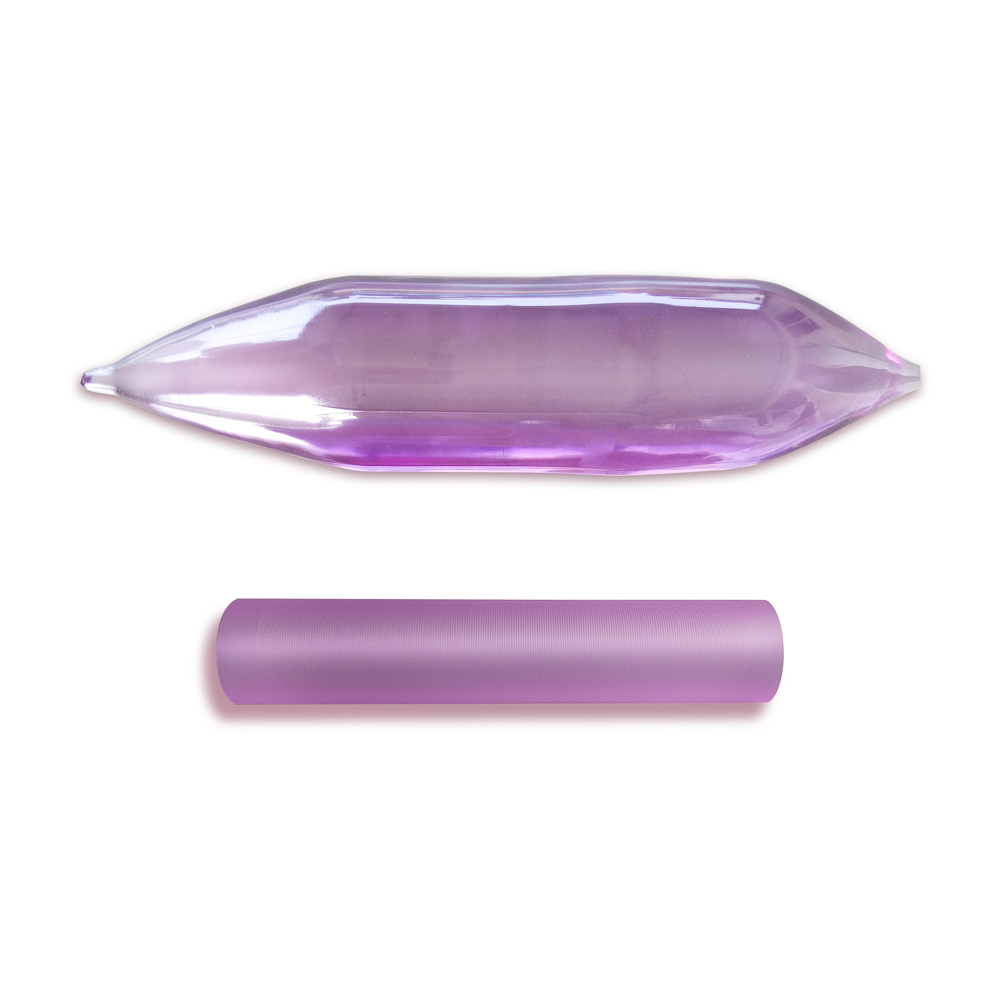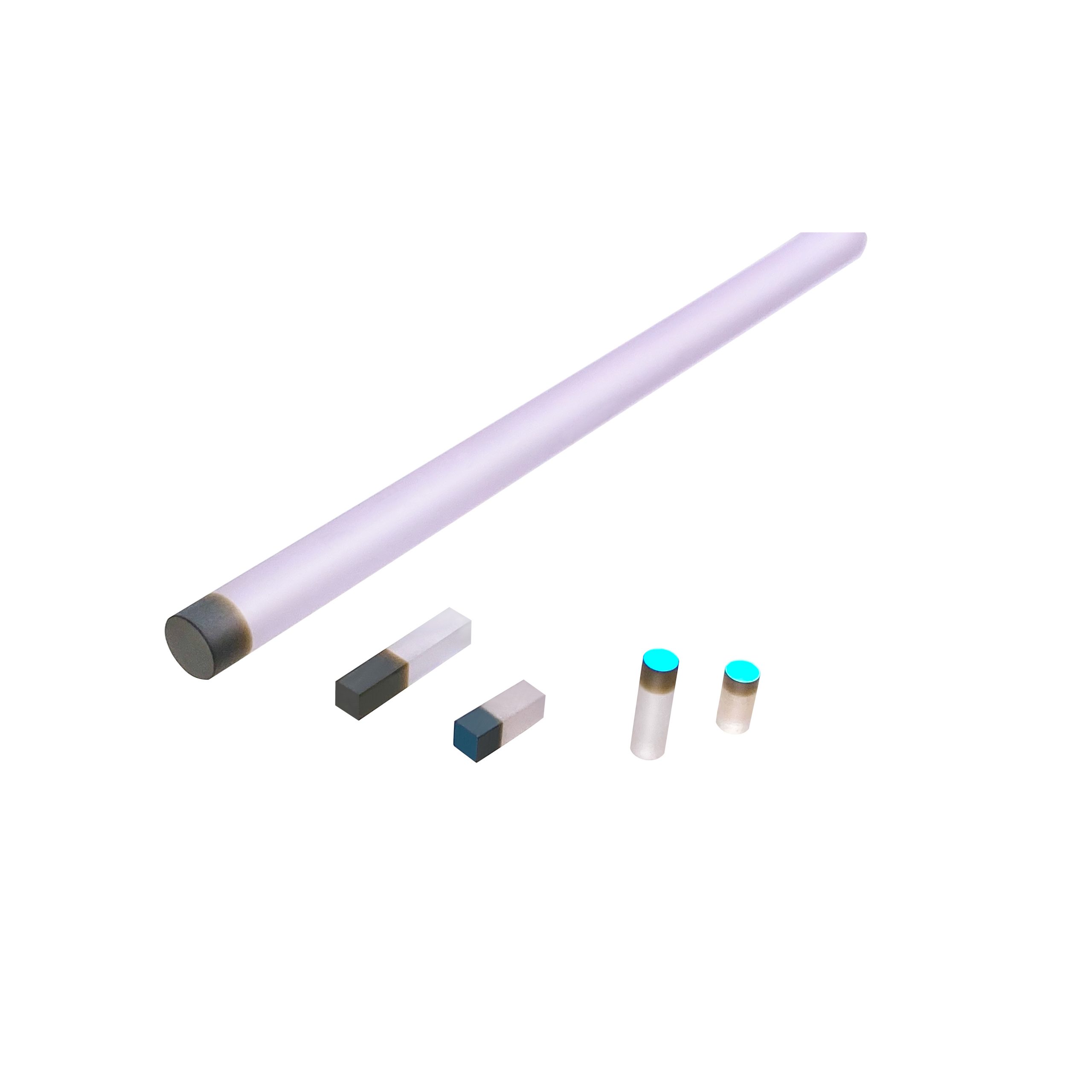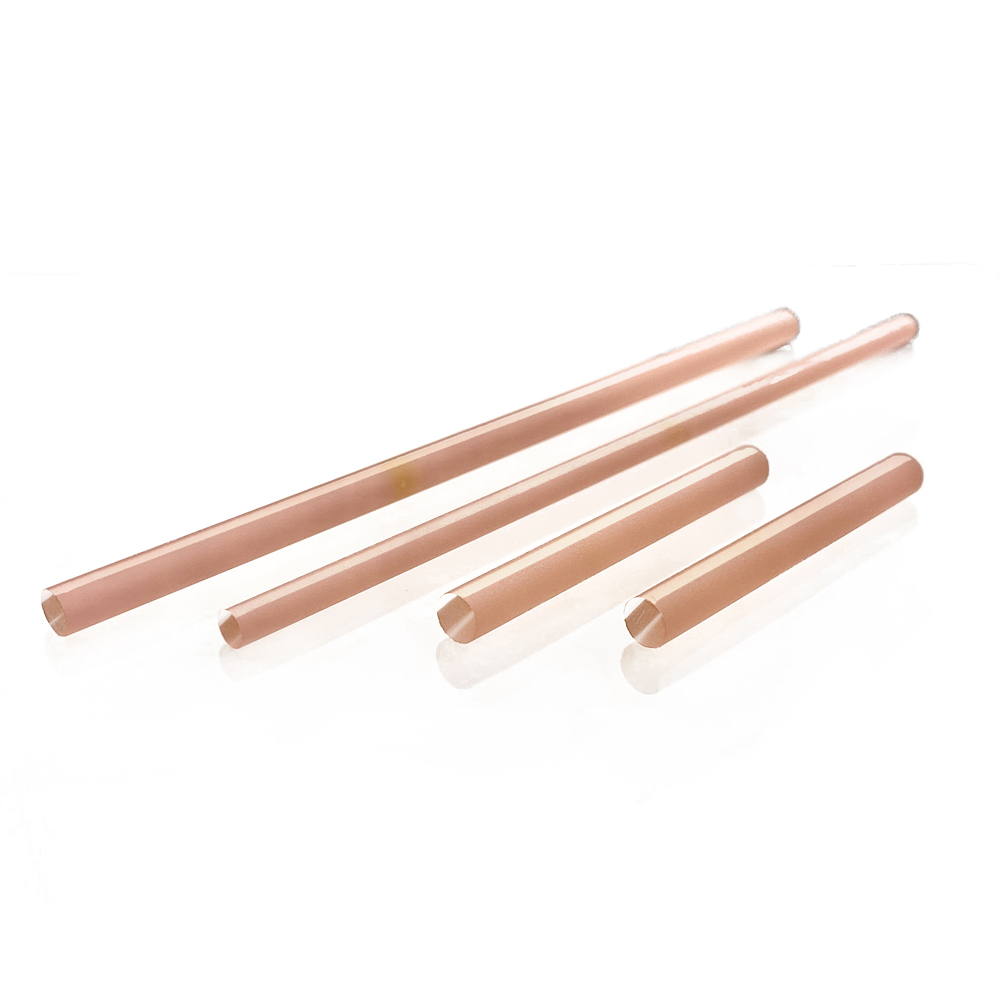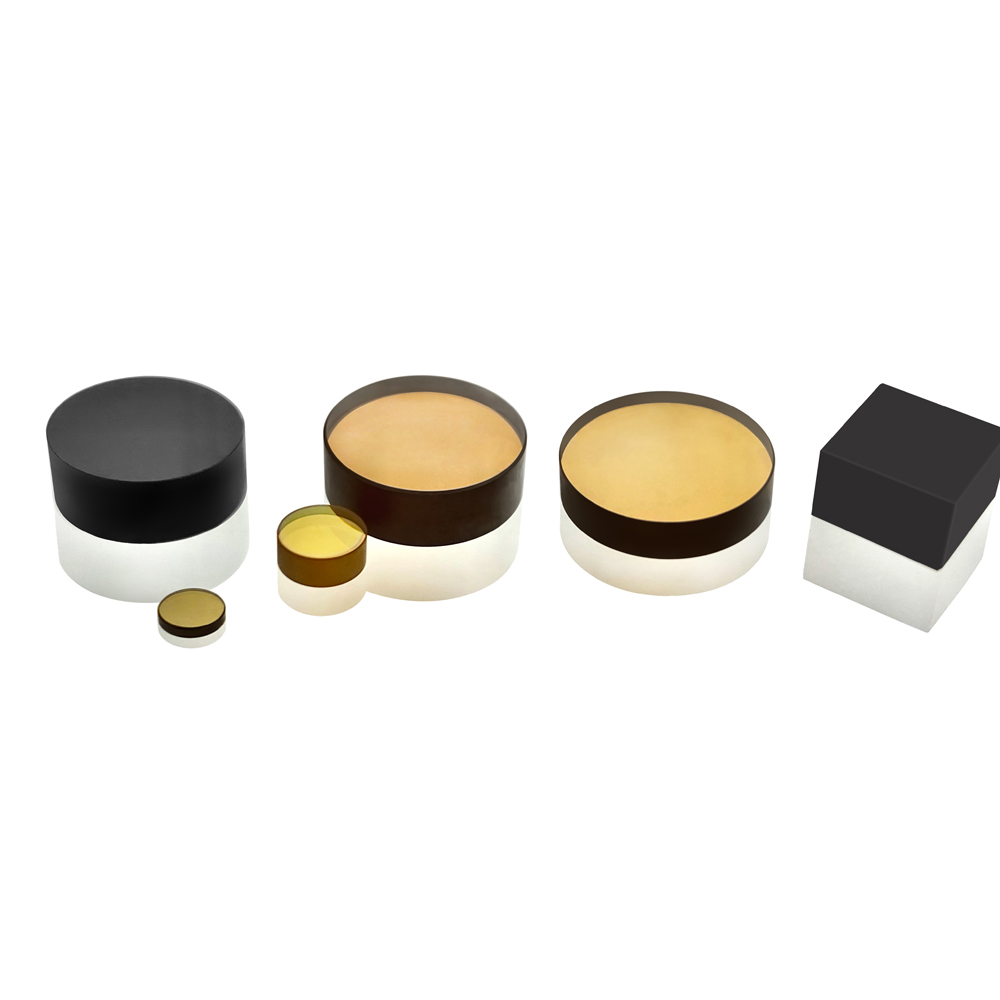Optical Density, also referred to as OD, is the amount of energy transmitted through a lens. This uses a logarithmic scale, which is scaled by factors of ten. An increase of 1 point is a tenfold difference in measurement of OD. For example, an OD of Zero is 100% transmission. An OD of 1 is 10%, OD 2 = 1%, OD 3= 0.1%, OD4=0.01% and so on. On the other hand, the OD can also show how much light is blocked. For example an OD of 2 deters 99%, OD of 3 deters 99.9%, OD of 4 deters 99.99% and so on.
| Optical Density(OD) |
Transmission% |
Attenuation Factor |
| 0 |
100% |
1 |
| 1 |
10% |
10 |
| 2 |
1% |
100 |
| 3 |
0.1% |
1000 |
| 4 |
0.01% |
10000 |
| 5 |
0.001% |
100000 |
| 6 |
0.0001% |
1000000 |
| 7 |
0.00001% |
10000000 |
There are several things to consider when choosing laser safety glasses. First, you need to know which wavelength range you need for your line of work. From there you can select glasses within that range. There is a vast amount of laser ranges, so it’s important to select the proper range to ensure that your glasses will fully block any intercepting wavelengths.
The next factor to consider is the power of the laser. Attenuation, or the level of protection, is measured by Optical Density. Optical Density is the amount of energy passed through the lenses. A higher power laser may require a higher Optical Density.
The last consideration is the visible light transmission (VLT) of the lens. This is the amount of visible light that is passed through the lens while still protecting you from the specified wavelength. After the first two considerations are met, you should pick the lenses with the highest VLT available. We suggest choosing the VLT last so that you can ensure the highest possible amount of protection from wavelengths.
The number one rule to remember while interacting with lasers is to NEVER look directly into a lasers path. You should always wear proper protection equipment, which includes safety glasses as well. Regularly follow the standard operating procedure written for the application of your laser. Remember: you can’t outrun a laser beam, so never take chances when it comes to lasers and always follow the rules of your machine.
